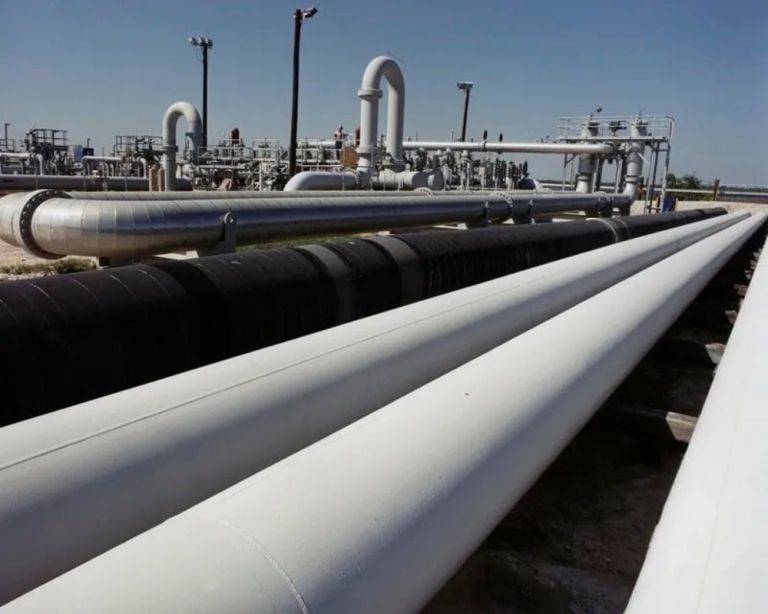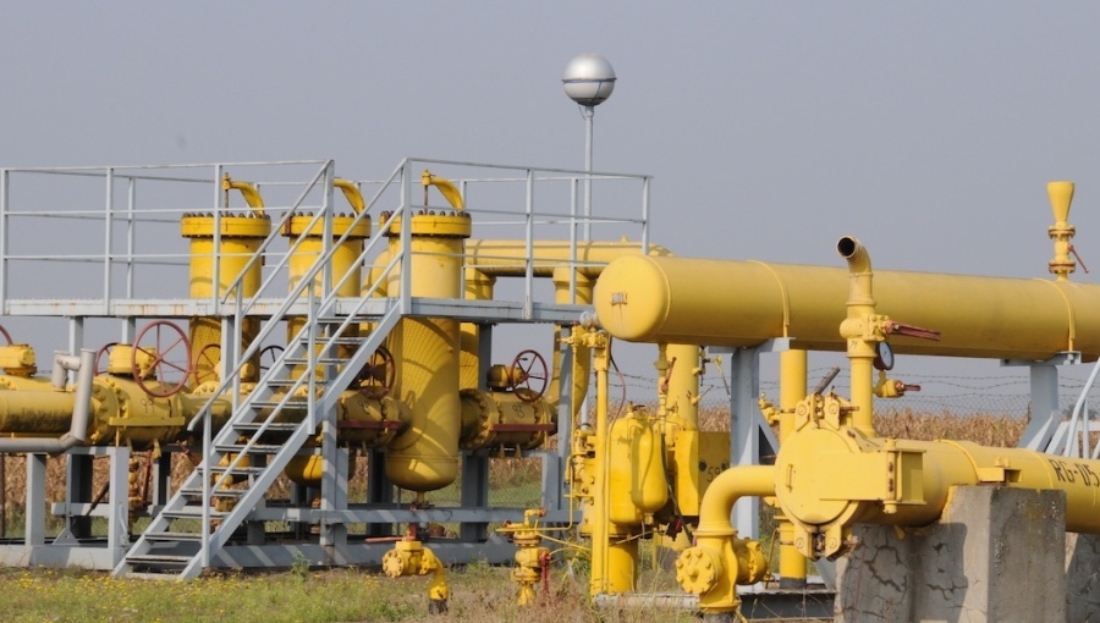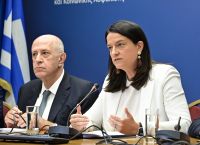Vertical Gas Corridor: A Strategic Bet for Greece and Ukraine

What is the Vertical Gas Corridor?
The Vertical Gas Corridor aims to transport non-Russian gas from southern Europe to the north, using:
- Existing pipelines like TAP and IGB
- LNG terminals in Revythoussa and Alexandroupolis
While supported by the EU and the US, the market remains hesitant, particularly Ukraine, which continues to meet its gas needs via Slovakia and Hungary.
Ukraine’s cautious stance
- Ukraine relies on tested and cost-effective infrastructure, especially ahead of winter.
- At the same time, it faces a political and diplomatic crossroads, negotiating with Russia under US mediation while exploring alternatives like US LNG.
- Seasonal demand fluctuations reduce consumption in summer, making the Vertical Gas Corridor less attractive at present.
The cost hurdle
Even with discounted tariffs:
- 25% reduction on Greece – Romania route
- 47% reduction on Ukraine – Moldova segment
capacity booking costs remain nearly €7/MWh, higher than other routes through Hungary or Poland.
“Without bold moves, the Vertical Gas Corridor will only be used as a last resort,”note traders, emphasizing the challenge of competing with cheaper pathways.

Auctions and next steps
Auction results have been highly volatile:
- May: no participation
- July: 5% capacity reserved
- August: 4,500 MWh/day reserved
- September: back to zero
The upcoming autumn auctions will be a critical crash test for the project, with potential extensions after October and new routing options:
- Route 2: LNG from FSRU Alexandroupolis
- Route 3: Azeri gas via TAP
Decisions at the Thessaloniki International Fair (TIF) in early September will largely determine the project’s commercial viability and market confidence.
European impact
- European gas storage is currently 75.6% full, slightly below last year, indicating potential winter pressures.
- Demand for LNG in Greece remains strong, with suppliers closely monitoring international developments.
The Vertical Gas Corridor is strategically crucial for Ukraine and Southeastern Europe, but market confidence and high costs remain key obstacles to its success.
Source: pagenews.gr






Το σχόλιο σας